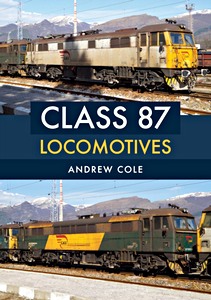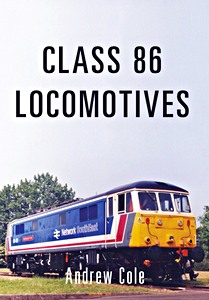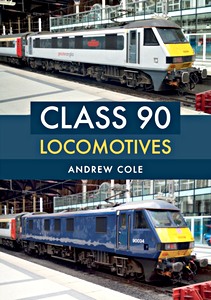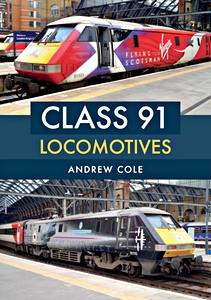Class 87 Locomotives
When British Rail decided to electrify the West Coast Main Line north of Crewe towards Scotland, a new class of electric locomotive was needed to work these services. Thirty-six members of Class 87 were built at Crewe Works from 1973 onwards and were an instant success.
The first 35 members were standard locomotives; however, the final member was fitted with an experimental thyristor control system and was reclassified as Class 87/1.
All 36 members of the class received names and were a regular sight on the West Coast for decades. All were initially used on passenger work, but they could also be found on freight workings, being fitted with multiple working equipment from new.
The whole class stayed on West Coast workings throughout the BR era and into privatisation, with all members, except for No. 87101, passing to Virgin Trains.
The sole Class 87/1 passed to the Railfreight sector of BR and would eventually find its way into EWS ownership; it was scrapped in 2002. When their work on the West Coast was at an end, 21 members of the class found further use in Bulgaria and three would be preserved, with the remainder being scrapped.
In this book Andrew Cole documents the Class 87 locomotives.
Szczegóły
| Autor: | Andrew Cole |
|---|---|
| Wydanie: | 96 strony, 23.5 x 16.5 x 1.4 cm, miękka oprawa |
| Ilustracje: | 180 czarno-białych i kolorowych zdjęć |
| Wydawca: | Amberley Publishing (GB, 2018) |
| ISBN: | 9781445666921 |

Class 87 Locomotives
Język: angielski
Dostępne na Amazonie - bezpieczna płatność i szybka dostawa
Zamów na Amazon PLZamów na Amazon DE
Zamów na Amazon UK




